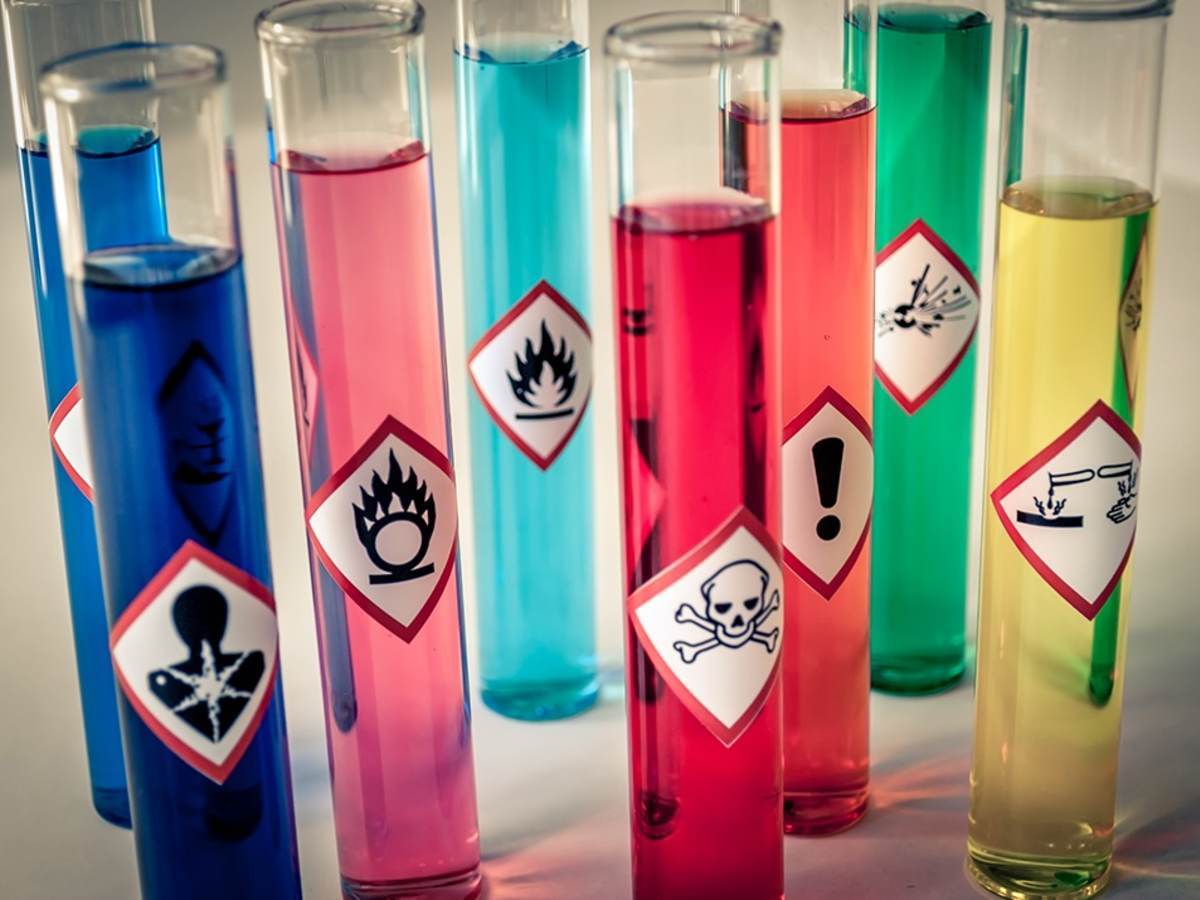July 6, 2023
by Raissa Havens, regulatory specialist
Brazil’s Standard that incorporates the Globally Harmonized System (GHS) criteria for Classification, SDS and Labeling of Chemicals, ABNT NBR 14725 has been updated, adopting the 7th revised edition of the Purple Book. The last update in this Standard, which happened in June 2019, adopted GHS cut-off values/concentration limits based on Revision 7, however that was the only change done, while other parts of the Standard, still applied elements of the 4th Revision.
On July 3, 2023, the updated version of the Standard NBR 14725 was released on the Brazilian Association of Technical Standards (ABNT) website and there has been a few major changes to this regulation, such as the structural change from four separate standards to now presented as a single standard with 520 pages.
One of the main changes, which companies should be aware of is the update in the name of the Safety Data Sheet document, currently known by the acronym FISPQ in Portuguese, which will now be called Ficha com Dados de Segurança (FDS), to be consistent with the name and acronym already adopted worldwide.
Classification
Regarding Classification, the inclusion of the following hazard classes:
- Physical hazard class “Desensitized Explosives”, which incorporates new hazard statements (H206, H207 and H208) into this Standard.
- Physical hazard class extension for “Flammable Gases” to include Category 1A and 1B. “Pyrophoric gases” and “Chemically unstable gases” are now grouped under “Flammable Gases Category 1A. For the “Chemically unstable gases”, categories A or B should be communicated.
- Environmental hazard class “Hazardous to the Ozone Layer”
Labelling
New rules for the labelling of chemical products were established, mainly with reference to the labelling of small packages (<or equal 250ml) which will include alternative forms of labelling, such as fold-out labels, blister packs or intermediate packaging.
Previously, a phrase indicating where to find the SDS was mandatory. This requirement became optional and may be added to the label, if necessary.
An option to add a QR code on the chemical product label for easy access to the Safety Data Sheet of the product was included as well.
For hazardous ingredients in mixtures, it is optional to report only the chemical identity of the most severe ingredient for each of these hazard classes: Acute Toxicity, Skin Corrosion, Serious Eye Damage, Specific Target Organ Toxicity - Single Exposure - Category 3 and Aspiration Hazard. It is also optional to include all elements of the alloy that contribute to the hazard of the mixture label.
Safety Data Sheet Content
Under Section 1 of the SDS, a local phone number in case of emergency is mandatory to be available 24 hours a day.
The texts of some hazard and precautionary phrases were modified. For example, P103 now has the following text: “Read carefully and follow all instructions.” A few precautionary phrases were added, for example P503 – “Refer to manufacturer/supplier/… for information on disposal/recovery/recycling” and phrases were also deactivated, such as the combined statements P370 + P380 and P411 + P235.
Under Section 9, particle characteristics, which applies to solids, are now required to be included, such as size and shape.
The GHS comprehensibility testing methodology is part of Annex J, which is important to be included, once individuals handling the product must be able to easily understand the hazard communication elements.
Companies will have a two-year implementation date from when the regulation was published to ensure compliance with this updated Standard.
The obligation for a SDS for hazardous chemicals in the workplace was established through Decree 2657 on March 3, 1998 (which was revoked by Decree 10.088 of Nov. 5, 2019). Furthermore, Edict SIT 229 of May 24, 2011, which was replaced by Edict 2770 of September 5, 2022, enacted the classification, labeling and elaboration of safety data sheets for chemical products in accordance with GHS criteria.
The Standard can be purchased through the ABNT website. As an organization that provides voluntary technical standards for Brazilian companies, ABNT is the body approved to publish guidelines for classification, labeling and safety data sheet elaboration of chemical products according to GHS. Since NBR 14725 is the only Standard that incorporates the GHS criteria, it became the reference adopted nationwide.
Recommended action items
Review and update your safety data sheets according to the changes presented above by July 4, 2025, which is when the Standard becomes effective.
References
A copy of Standard ABNT NBR 14725:2023 is available from the Brazilian Association of Technical Standards (ABNT)
Edict 2770 of September 5, 2022. Modify Standard NR 26, which sanctions classification, labeling and safety data sheet for all chemical products in Brazil
Decree 10.088 of November 5, 2019. Provides for the promulgation of conventions and recommendations of the International Labor Organization – ILO
Revised on Aug. 3, 2023 - Updated the reference and content pertaining to Edict 2770.
Regulatory Roundup Newsletter
Never miss an update
UL Solutions, the global safety science leader, can keep you updated on the latest events with a variety of materials, ranging from the latest regulatory news, webinars, white papers, events, industry insights and more.
Subscribe to our monthly Regulatory Roundup Newsletter and stay up to date on current and upcoming regulations and all the latest chemical industry news.
Safety Data Sheet (SDS) Authoring and Labeling Services
Create, maintain and distribute comprehensive SDSs and labels to meet your increasingly complex global compliance requirements.
Chemical Regulatory Compliance
Manage your chemical compliance needs with the help of global regulatory expertise and leading resources.
Chemical Compliance Training
We provide a series of chemical regulatory training programs designed to help understand the diverse set of requirements and how to confront them.
Get connected with our sales team
Thanks for your interest in UL's products and services. Let's collect some information so we can connect you with the right person.





